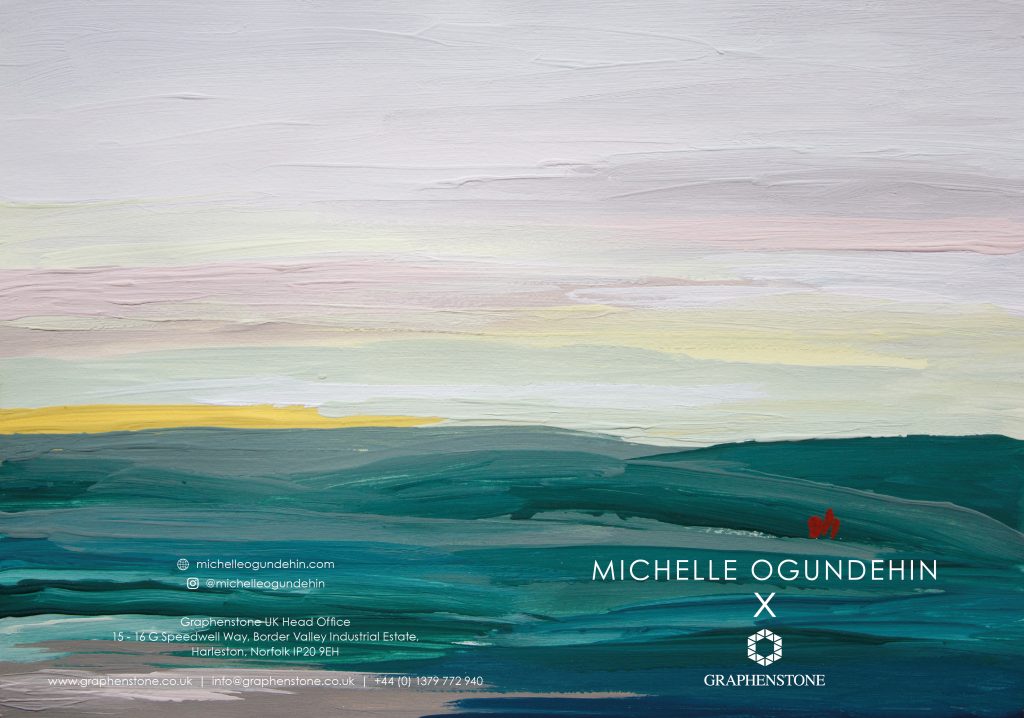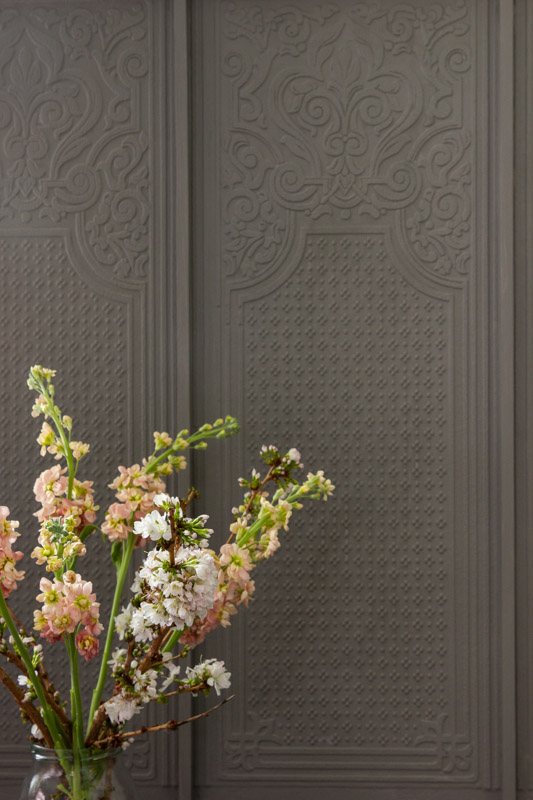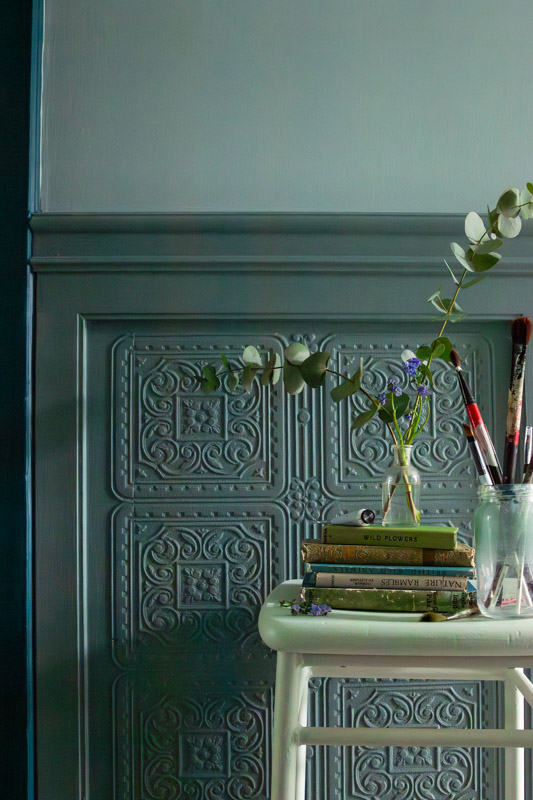Michelle Ogundehin, one of the most influential figures on the British design scene, has collaborated with renowned eco-paint brand Graphenstone on an edit of sixteen soothing paint shades. Lovingly crafted by Michelle, the new collection is designed for wellbeing and selected for ease.
The Michelle Ogundehin X Graphenstone Collection is a ‘one stop palette’ providing everything needed for a cohesive, considered selection of colours, deliberately designed so that all the colours work perfectly together.

Patrick Folkes, Founder of Graphenstone UK said, “With Michelle’s background as a trained architect, many years as Editor-in-Chief of Elle Decoration and Head Judge on BBC1’s Interior Design Masters coupled with her passion for the environment and how to create a healthy home, our collaboration seemed like an obvious one. We have all worked very hard and closely on the creation of this inspiring range – the colour palette works perfectly with our ‘harm free’ paints made using natural minerals and sustainable raw materials.”

Here, Michelle delves into the ethos behind the new collection and shares her thoughts on how the design community should be creating environments that nuture and support the users’ wellbeing.
Can you tell us how you and Graphenstone are aligned in your values when it comes to design?
We are united in our mission to help people create environments in which to thrive.
Most people spend 90% of their time indoors, and many of our homes are more inadvertently polluted than a busy street corner outside – from the obvious dust and dander to the hidden perils of off-gassing fire retardants, VOCs from paints and solvents to benzene leaking from gas hobs. So, the existence of a breathable, mineral-based paint that has no added micro-plastics and virtually no smell, and actively absorbs pollutants and prevents mould growth, fungi and bacteria, was an absolute game changer for me!

I mean, how could you not then want to use Graphenstone always, and everywhere!
Especially when we contrast it to your average paint which contain up to 37% plastic. When it’s been exposed that paint is the largest source of micro plastic leakage into the world’s oceans and waterways, outweighing all other sources of leakage (textiles, tyres and pellets), we know we need to do better. Plus, every year, 14,000 tonnes of paint goes to landfill.
We’ve been blinkered for way too long over the damage being wrought by plastic, pesticides, or other man-made chemicals, in the economic tussle that prioritises convenience or cheapness over clean.

How do you see this paint collection playing a role in enhancing user experience beyond just aesthetics?
For me, when starting on the collection, it was all about a feel, rather than a look. I conjured what I wanted through mood boards and visuals: relaxed, soothing, restorative but with a dash of intrigue. I wanted it to be a palette that felt warm, rich, full of delight but never overwhelming. I always feel that the homeowner must be the star attraction of a home, but the colours chosen to envelop them in, although backdrop, must play their part.
Colour must be an active player in the mood music of the home.
Additionally, I was always frustrated by colour launches where individually the shades might be beautiful, but they wouldn’t work together, so the consumer was left with all the hard work of finding coordinating hues. Or typically, they’d be reduced by decision paralysis to one colour, probably pale, and white.

How can architects and designers ensure that they are creating environments that support the users’ wellbeing?
Quite simply, I believe that a better home environment is the foundation for a better life — where better means replete with a supercharged life energy that enables you to become your best self. Think home as healer! Because, what surrounds you, affects you, from the way that you act to how you feel; our habits and our habitats are intimately interwoven with our health and emotions. It’s all about the environment! So creating a toxin-free environment is everything.
And science has my back on this one. Studies from Stanford University demonstrate that environment, more so than genetics, determines how likely you are to get ill. In truth, the whole new science of epigenetics (literally meaning ‘control above genetics’) completely debunks the popular, but wholly mistaken belief that your genes control your destiny. It’s simply not true. Good health is nature (your genes) and nurture (the environment). Or to put it another way, your genes may load the gun, but it’s environment that pulls the trigger.

So that means today’s architects and designers must educate themselves on best greener, cleaner building practices, avoiding the common building materials that are drenched in fire retardants. Or are resolutely unbreathable. We have been suffocating our houses and surrounding ourselves in toxicity; it has to stop.
Harnessing the power of home for health, healing and happiness has never been more important. We’re amid an epidemic of chronic disease and mental health disorders, with childhood asthma, ADHD and allergies also on the rise as mounting scientific evidence shows that many of these conditions are triggered by environmental pollutants and lifestyle factors. Awareness is the path to prevention, and prevention is better than cure.

But clearing out all the bad stuff isn’t enough, we must also inspire people to add the joy with colour, and to actively curate their spaces so that they are truly reflective of their personalities. Only then are we really helping people to create spaces that ensure they will thrive.




